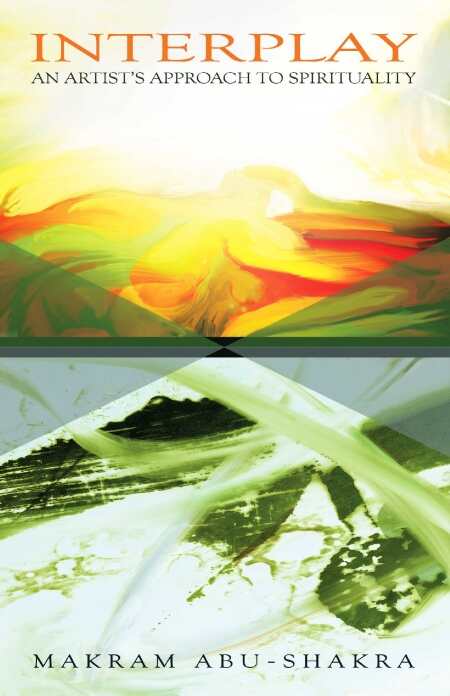Interplay
An Artist's Approach to Spirituality
This psycho-spiritual memoir shows how to “manifest the hurricane” of art and life while retaining the mental discipline to stand still.
Interplay is the memoir of a musician, artist, writer, and intrepid explorer of inner worlds. Makram Abu-Shakra details his rigorous, self-directed, and intensely personal inner explorations and how, through a series of initiations, they have led him to experience higher states of consciousness.
As a child, Lebanese-born Abu-Shakra already knew his path would involve such exploration. Early on, he found inspiration in “dream-wading” through the writings of Franz Kafka. Developing the “art of psychological travel” seemed an appropriate quest for this sensitive artist, who demonstrates how focused attention to one’s own inner states can provide stepping stones on the path to an alternative view of reality and a whole new way of being in the world.
The author learned to balance solitude and gregarious activities, including his San Francisco-based work in computer science, to have grounding in both the spiritual and material worlds. He uses his multifaceted creativity to communicate his experiences, enabling him to “create a matrix through which an audience could freely maneuver to see, to read, to watch, and to hear from various positions of their choosing, much as one would shine light through a crystal from various angles.” Coupled with his artistic endeavors, Abu-Shakra is also gifted with an uncommon amount of mental discipline and commitment to follow through with even the most difficult processes in his attempt to achieve the states of consciousness detailed in his book.
In his early diaries, Abu-Shakra recorded this telling phrase: “the purpose of the artist is to manifest the hurricane, and to stand still within it,” a task to which he has devoted his life and his art. His manifesto has never been “art for art’s sake,” but “art for evolution’s sake,” and he depicts the artist as a scout, leaping ahead of others on the path to bring back what needs to be integrated into the soul for the journey to be completed.
Despite instances of lacking subject-verb agreements, Abu-Shakra’s book has refreshingly few grammatical or typographical errors. The dust cover of the hardcover edition is enhanced with a stunning example of the author’s art, which is particularly meaningful for its subtle inclusion of the “x” figure that he hallucinated for nearly a decade—a symbol that served as his road map to the achievement of higher states of mind.
Interplay may turn away readers who lack the patience required to share this intimate inner world, but devotees of art and spiritual exploration will find much to contemplate in Interplay. Weaving various art forms together with spiritual and psychic exploration cannot help but motivate those who wish to use their own art as a means to awakening. The author writes, “Is this not what creativity is all about? Standing at the apex opens up a new system of reality, like the dream that presents familiar aspects of our everyday world except with a twist, an unexpected configuration that intrigues us.”
Reviewed by
Kristine Morris
Disclosure: This article is not an endorsement, but a review. The publisher of this book provided free copies of the book and paid a small fee to have their book reviewed by a professional reviewer. Foreword Reviews and Clarion Reviews make no guarantee that the publisher will receive a positive review. Foreword Magazine, Inc. is disclosing this in accordance with the Federal Trade Commission’s 16 CFR, Part 255.

